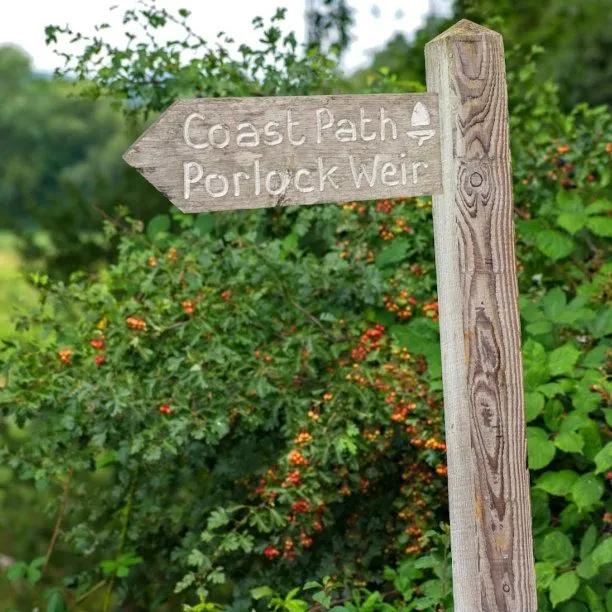Coastal Hedge Plant Pack
Honest Delivery PricesSeaside Hedging Collection
- Bundles of 50 plants composed of 7 species.
- Will thrive in sandy and salty sites.
- 1 pack = 16m of single row, or 8m of double row hedge.
- Bareroot Delivery Only: Nov-Mar.
Description
Coastal Hedging Mix
This mixed hedge pack is a bundle of 50 plants, suitable for the seaside. You can order the same plants individually from their respective pages, but you will save money on the same size plants by buying the hedge pack.
We will choose the plants that go into the hedge mix from a list of the following plants, occasionally the pack may change between the time of ordering and the time of despatch: we regret that we cannot accept requests for specific plants to be used in your pack. If you want to be certain of having a particular plant in your hedge mix, please order it separately.
- 30% Hawthorn.
- 20% Blackthorn.
- 10% each of 5 plants selected from: Red Dogwood, Elaeagnus, Tamarisk, Alder Buckthorn, Scotch Rose, Common Hazel, or Purple Barberry.
These plants will handle strong maritime winds and salty air. They won't grow in pure sand dunes right on the shore, but they will thrive in the dry, poor soils that are found in coastal regions. Several of the plants in the mix will have thorns.
Coastal hedge packs are only delivered bareroot, during winter (November - March).
The plants in this pack will be 40-80cm tall when we deliver them. All our hedge plants are measured by their height in centimetres above the ground (the roots aren't measured).
See our selection of coastal hedging or view our full range of hedging plants.
Please note: when you receive our mixed hedging packs, they will not be already mixed and will be bunched by plant species. Please remember to mix them for best results.
Spacing a Coastal hedge:
You can plant Coastal hedging in a single row at 3 plants per metre, 33cm apart, for a normal garden boundary.
For an even better windbreak, plant at 6 plants per metre in a staggered double row, with 33cm between each plant along the row and 40cm between the rows.
Each pack of 50 plants will make 16 metres of single row hedge and 8 metres of double row hedge.
Planting Instructions
Growing Coastal hedging:These plants will grow well in any sunny conditions and prefer a dry, free draining soil.
Some plants in the pack will not grow well if the site is shady or boggy.
Prepare your site before planting:
It is good to dig over the area where you plant a hedge several months in advance, especially if the soil is poor. Destroy the weeds first: nettles, brambles and ground elder are tough and a weed-killer is the best way to remove them. Then dig the soil over; remove rocks, roots and other rubbish. Mix in well rotted compost or manure down to the depth of about 2 spades.
Watch our video on how to plant a country hedge for full details. You do not need to cut the plants in half after planting. It won't hurt the plants if you do, but it is only really necessary for stockproof country hedging. It is not essential to use mulch fabric if your hedge will be easy to water and maintain.
Remember to water establishing plants during dry weather for at least a year after planting.
If you cut the plants in half, make sloping cuts slightly above an outward facing bud. They will now branch out from there, thickening the base of the hedge. In the following years, your young hedge should be trimmed lightly once in winter, until it is mature. When it is fully grown, you can clip it at anytime.
Hedge Planting Accessories:
Prepare your site for planting by killing the weeds and grass.
You can buy a hedge planting pack with sheets of mulch fabric and pegs to hold it down.
If you are planting in an area with rabbit and/or deer, you will need to use a plastic spiral guard for each plant, supported by a bamboo cane.
If your soil quality is poor, we recommend using mycorrhizal "friendly fungi" on the roots of new trees and shrubs.
You can also improve your soil with bonemeal organic fertiliser.
After you plant a hedge, the most important thing to do is water it in dry weather. If you didn't use mulch of some kind, you will also need to weed around the hedge. Both of these will be necessary for at least a year after planting.
Trimming Country hedge plants: Hard prune after planting, then cut off 50% of the new growth next Winter. From the winter after that, trim lightly once every winter, until it is mature. When it is fully grown, you can clip it at anytime.
Special notes on caring for Coastal hedges:
These are very tough plant that shouldn't need special attention once it has established. Given the dry soil conditions that are common near the sea, it is especially important to water the hedge regularly while it is establishing.
If you didn't use a mulch fabric, it is beneficial to mulch around the base of the hedge each year with well rotted manure or compost.
Hygiene & Diseases:
Dead, damaged or diseased wood can be pruned off as soon as it appears.
Disinfect your pruning tools between every cut if there is any sign of disease.
Burn or dispose of any diseased material, do not compost it.


